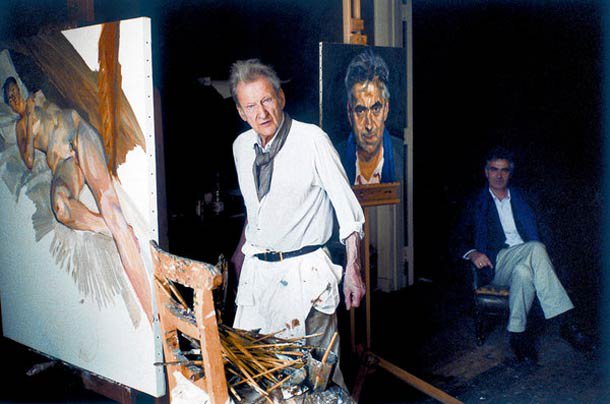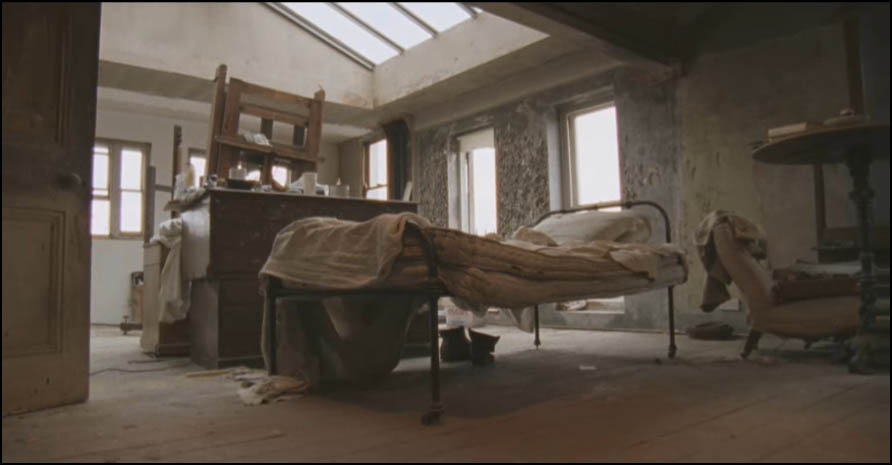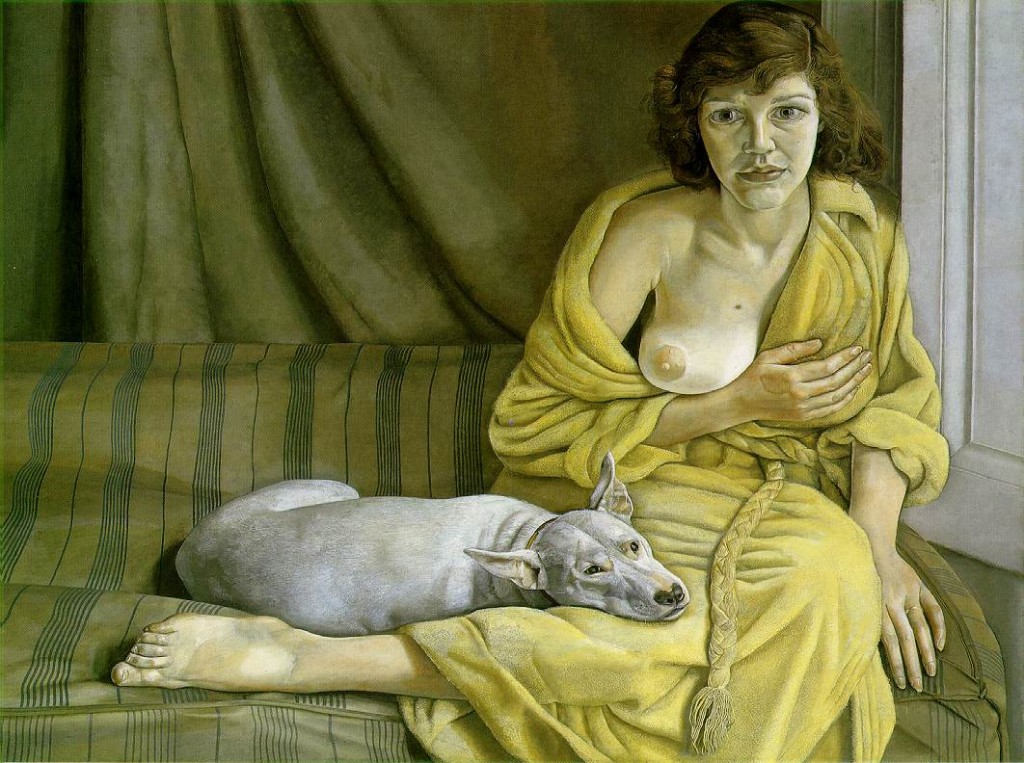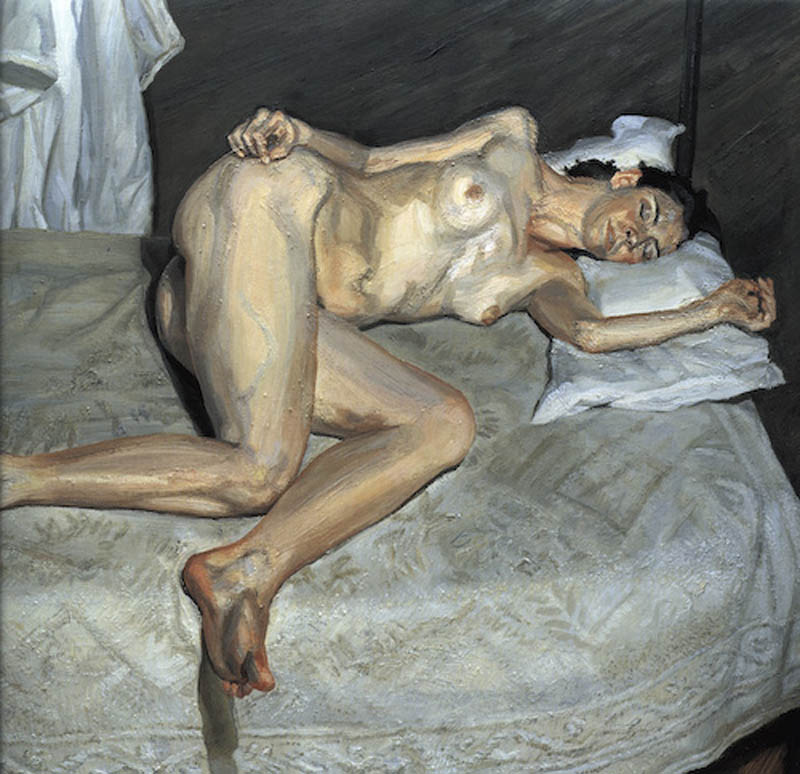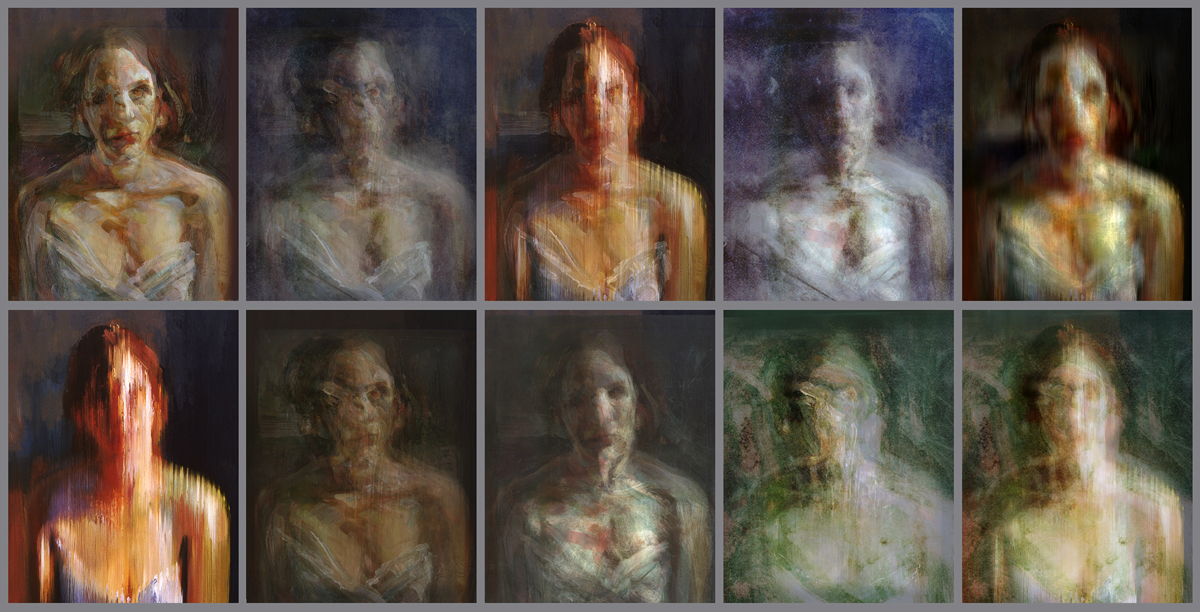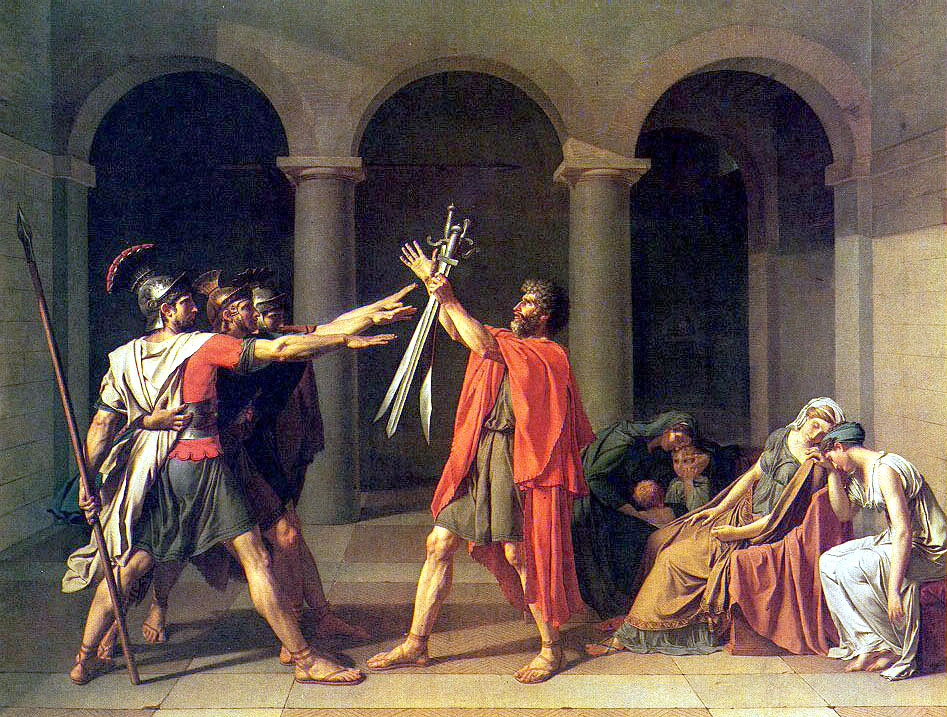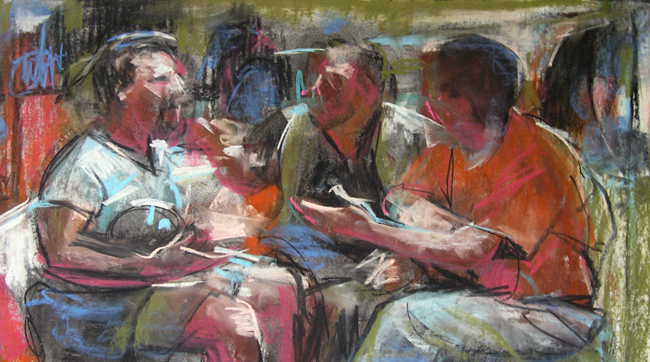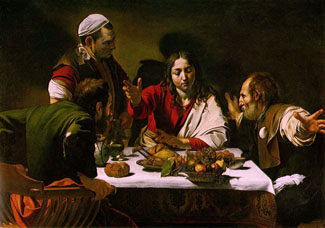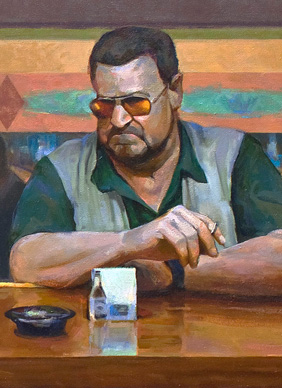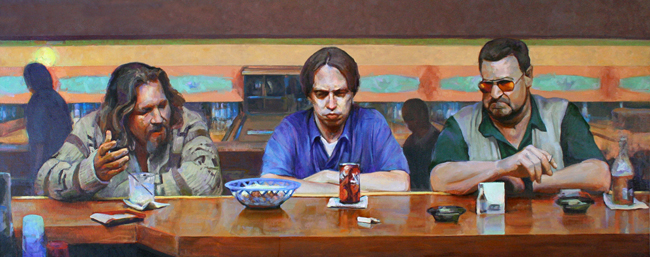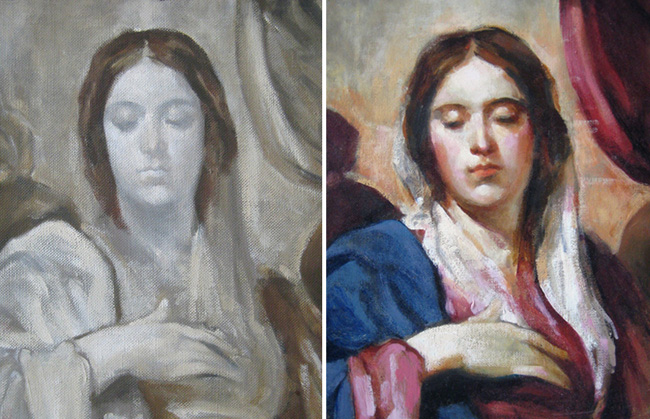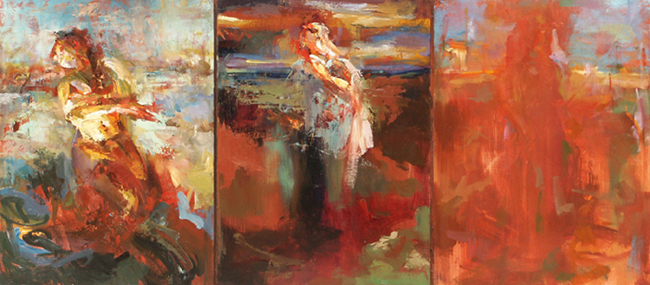I was sad to hear that Lucian Freud passed away yesterday. He was indeed one of the greatest contemporary figurative artists.
Lucian Freud, whose stark and revealing paintings of friends and intimates, splayed nude in his studio, recast the art of portraiture and offered a new approach to figurative art, died on Wednesday night at his home in London. He was 88. He died following a brief illness, said William Acquavella of Acquavella Galleries, Mr. Freud’s dealer. – NY Times
The NY Times has published a great article about Freud by Michael Kimmelman here.
Freud’s paintings are puzzles and marvels, with their rich, layered, and reworked surfaces. The product of an uncompromising vision and decades of hard work, Freud’s paintings need no external explication to be appreciated, but I think this clip from a short film called Small Gestures in Bare Rooms by filmmaker Tim Meara reveals some of the intensity of thought and feeling with which Freud approached his art.
Tim Meara created the film over six months, interviewing members of Freud’s inner circle and re-staging moments from their stories as “silent portraits,” with a voiceover by the novelist Francis Wyndham. During filming the unthinkable happened—Freud agreed to appear on camera, prompted by the memory of the birds of prey he used to keep in his Delamere Terrace studio in the 40s. For half an hour, the painter allowed himself to be filmed walking along the canal in London’s Little Venice, a kestrel perched on his arm.
– from the nowness.com website
The full version of Meara’s short was to be completed as a feature in time for Freud’s 90th birthday. The short was on view at the Pompidou Center, as part of the museum’s Freud retrospective.

Night Portrait 1985-86 Oil on canvas 36.6 x 30 in (92.75 x 76.25cm) Hirshhorn Museum and Sculpture Garden
The first time I saw Freud’s work in person was in London in 1991. The shock of his paintings was in their physicality, presence, and power. They are often heavy and oppressive, yet one is drawn in by the artist’s complete engagement with his subject – by the strangeness and the often tense, psychological dramas that exist in these seemingly simple subjects.
A Freud exhibit was up at MOCA in Los Angeles in 2003 at the same time as a John Singer Sargent exhibition was on view at LACMA. I went to both shows on the same day – two different times, just to experience how differently two brilliant artists wrestled with what they saw, how they saw, what they chose to include and focus on in their work, and the methods they used to bring forth their visions. Sargent’s paintings seemed made of air, Freud’s of the heaviest earth.
One of the things that I love about perceptually based painting, when done well, is the feeling that the artists are painting not so much what they see, but how they see what they see. And not in an abbreviated or cursory way. They are fully engaged. You can see the gears turning. You see the way that the world moves them. It takes artists of great ability to communicate that so strongly.
Freud was one of them.
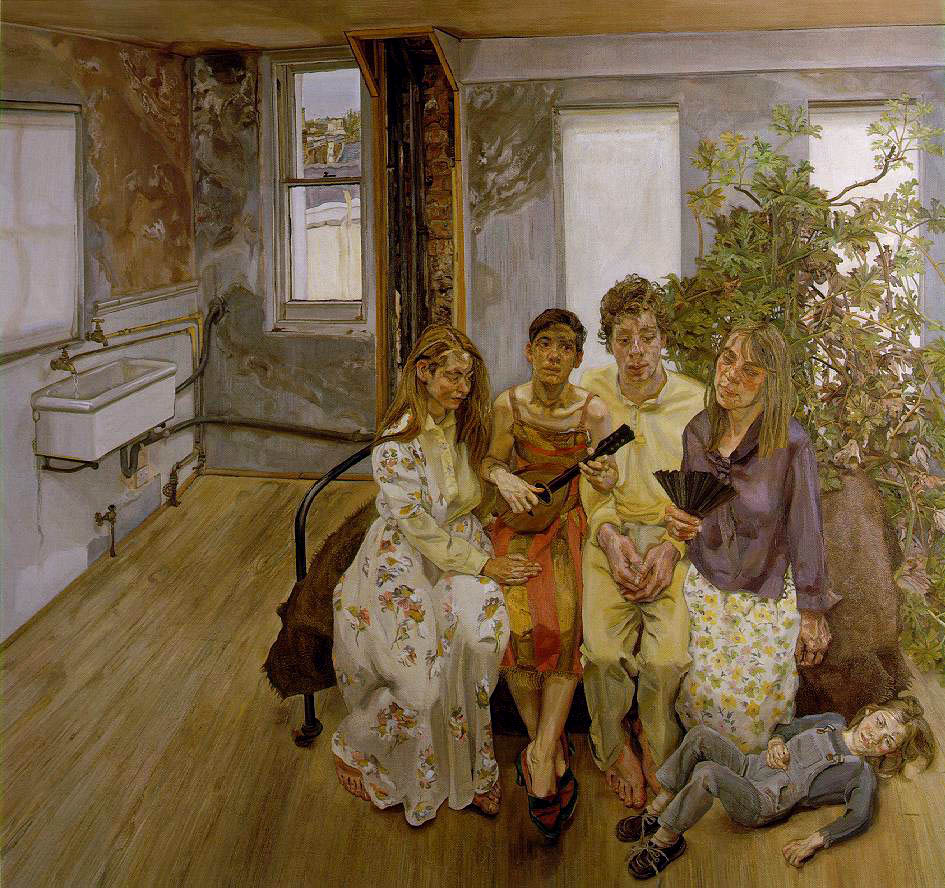
Large Interior W11 (after Watteau) 1981-83 oil on canvas 73 x 78 in (185.5 x 198.25cm) Private Collection
What do I ask of a painting? I ask it to astonish, disturb, seduce, convince.
– Lucian Freud
The painter’s obsession with his subject is all that he needs to drive him to work.
– Lucian Freud

